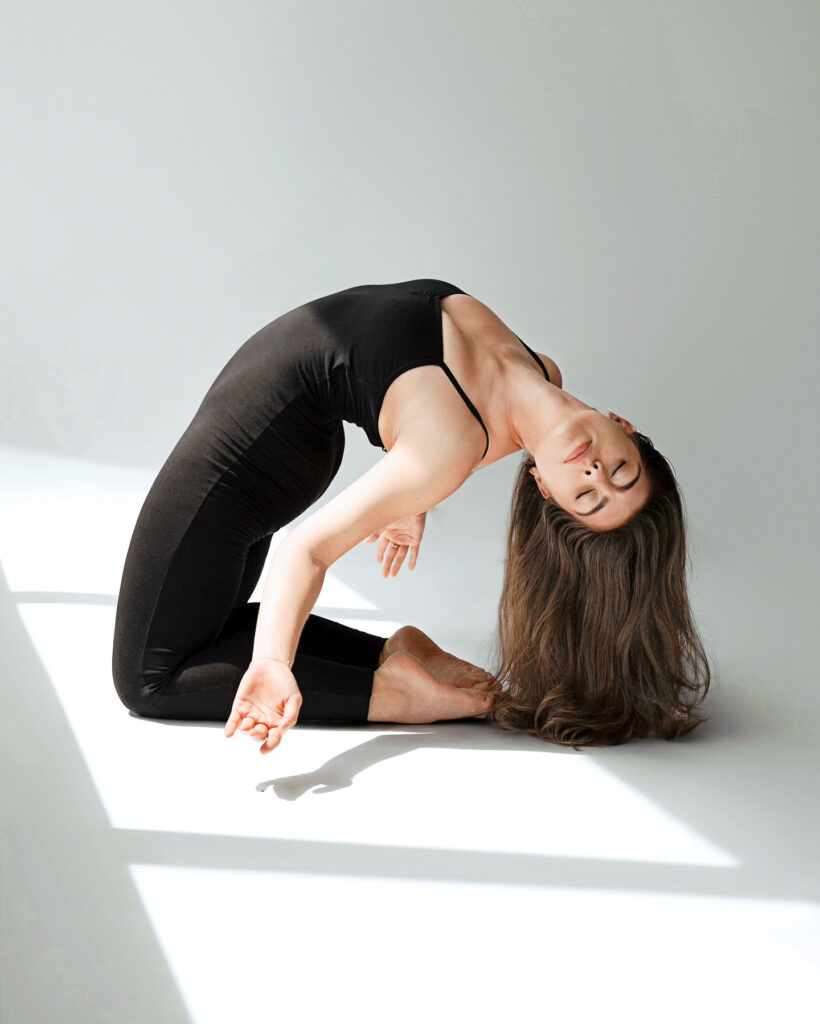3 Instructors Share Why They Teach Dance Despite Having Nondance Careers
Whether or not they choose to pursue dance as a full-time job, many dancers deeply identify with the art form and choose to stay connected with it for a lifetime. Some find joy in taking class, others in attending shows, and others in passing on their knowledge through teaching. Dance Teacher spoke with three women who stay moving through part-time roles as dance educators, despite having primary careers outside of dance.
Cristina Gallotto, Chief of Staff at Politico; Dance Fitness Instructor at Equinox
Why do you choose to keep dance as a part of your life through teaching, despite your primary career being in another field?
Dance is a very huge part of who I am, and it’s something that, when I don’t have it in my life as a creative outlet, I don’t feel like myself. I sought out becoming a part-time instructor a couple times per week because it’s a way to structurally build creativity into my limited schedule.
How do you prepare for your classes?
Right now, I teach on Sunday mornings. I don’t go out on Saturday nights because I want to be refreshed and ready to teach the next morning. I usually take my Saturday afternoon or evening to dance around my living room until I figure out what the choreography is for Sunday morning. Then, I wake up at 7:30 and have a peaceful morning with my coffee before I’m out the door by 9 or 9:30.

What is something you love about teaching dance?
I actually teach my class like a ballet class. One of my favorite things is, I can immediately tell who was a dancer when they were growing up just by how they’re holding their bodies. I like to remove my mic for a second and go over to them and say, “You were a dancer too, weren’t you?” Just that little connection is so amazing.
Suzanne Kritzberg, Staff Attorney at the Washington, DC, Court of Appeals; Artistic Advisor at Capital Ballet; Substitute Ballet Teacher at The Washington Ballet
Why do you choose to keep dance as a part of your life through teaching, despite your primary career being in another field?
I did have a professional dance career for a long time, but when I retired I chose to go to law school, which brought me to Washington, DC. I thought I would totally walk away from dance for a while, but I found myself really missing it.
Capital Ballet is a company made up of dancers who have other primary careers. What does your role as artistic advisor for the company entail?
My main role is to help create their program. I teach the company once a week and then I rehearse with them afterwards. I set excerpts from classical pieces, and I also choreograph.
What does a typical day in your life look like?
There really is no typical day. On Monday morning, I get up, get ready, take my dog out, get on the Metro, and go to work. I’ve usually planned out most of the class I intend to teach that night, but I use that time on the Metro to refine and review. Sometimes on the way home I take a break and do something different, like play Wordle or scroll social media. When I get home, I usually try to cram in a quick workout for myself, take a shower, and then head off to rehearsal. I teach an hour-and-a-half class, and then we rehearse until 9:45.
Sara Grannis, Physical Therapist; Teacher at Anaheim Ballet
Why do you choose to keep dance as a part of your life through teaching, despite your primary career being in another field?
Dance has always been my passion. When I graduated from PT school, I started taking classes again, and that turned into an opportunity to start teaching. Since I was not able to still perform and dance like I did when I was younger, I felt like keeping in the studio and teaching was a different way of staying in dance and performing and sharing my passion with others.

What does a typical day in your life look like?
I start seeing patients around 9. I usually try to carve out some time to take a class in the morning, and I return to seeing patients in the afternoon. I try to get home in time to walk the dogs, and then get back out to teach a class—I teach my classes Monday and Tuesday evenings and Saturday morning.
What are the rewards and challenges of continuing to teach dance despite having another primary career?
It fulfills my enjoyment of dance and feeling like a performer. I get to get up there and perform, joke around, and entertain my class as I’m teaching them. Seeing people improve is rewarding. As far as the challenges, juggling jobs is difficult, so time management is a little bit hard. I don’t get to spend as much time with my kid and my fur babies as I might want. It does require me to be mindful of my schedule.